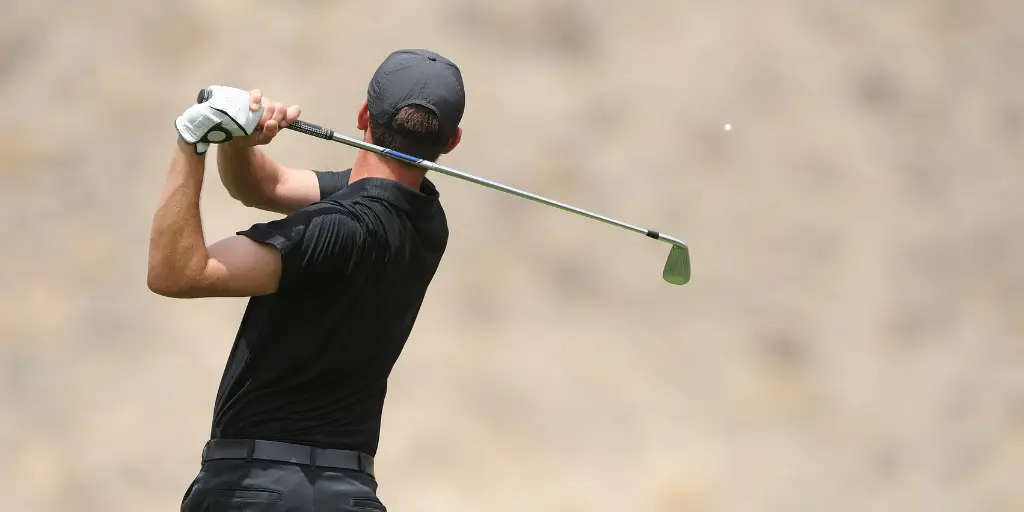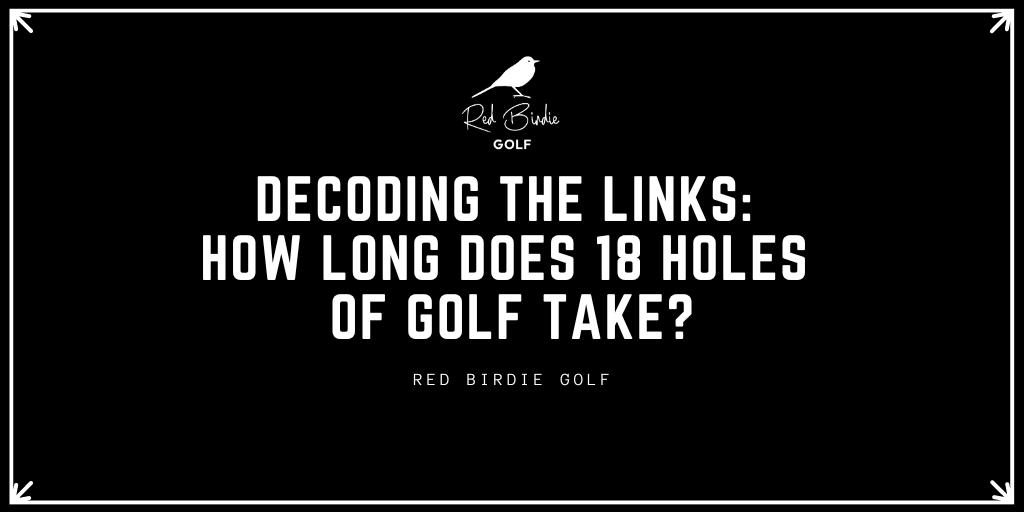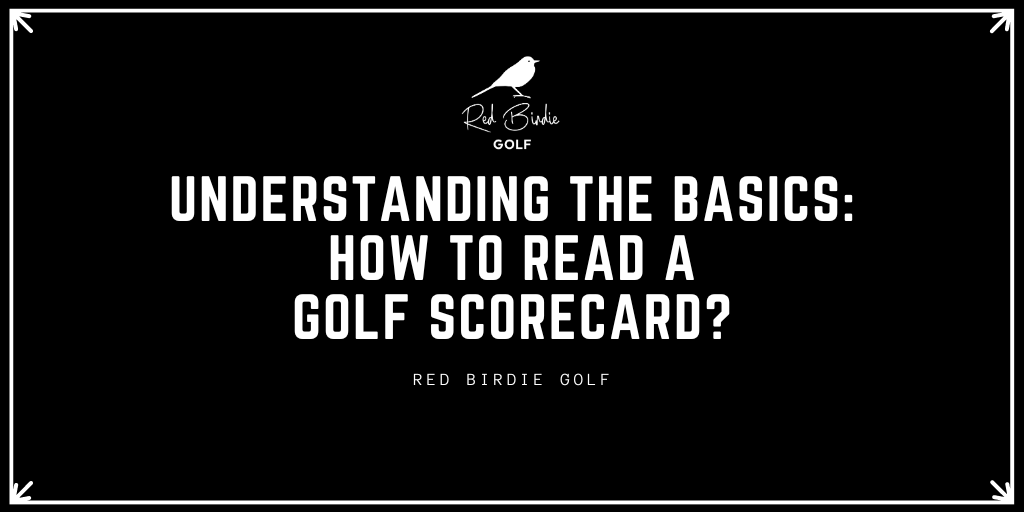The key to a golf swing is that it isn’t six separate movements that come together to make one swing. It is, in fact, one single movement made up of different parts that can happen simultaneously. This is key because, while it is important to focus on each different aspect of your swing, it is equally important to focus on the swing as a whole as well.
Confused yet?! Don’t worry, we’re going to try to make it as simple as possible!
I believe that one of the most important and frequently forgotten aspects of a golf swing is that it is an athletic movement.
Athletic movements are not composed of a bunch of “stop and start” motions that, when put together equal a whole. An athletic movement is fluid, smooth, and dynamic so that all the parts make up the whole.
This tutorial will describe the golf swing sequence and how to connect the six key parts of a swing together into one athletic motion.
6 Key Parts of Your Swing
1. Setup
Your setup is the foundation of the rest of your swing. It is during this time that you start everything in the best position possible so that the rest of your swing can end in solid and consistent contact with the ball.
If you don’t set up correctly to the ball, the odds of you hitting a good golf shot go dramatically down and the consistency that is formed with a good finish is almost nonexistent.
Many golfers will bend too much at the knees, similar to what you see on a baseball diamond.
Golf, however, is different in that your knees should be bent slightly and much of your body tilt and flexibility should be found in your hips. If you bend your knees too much at setup, the rest of your swing will not find its correct position.
Your arms should be free hanging at setup with very little tension as they grip the club. You should use one of the 3 major grips, whichever is the most comfortable and whichever promotes the type of swing you want.
Your arm hang is connected directly with your grip because if you keep your arms tense then you will grip the club too tightly. This will promote a more rigid and less consistent swing and it will also cause over swinging issues.
Finally, it is really important to keep your feet at shoulder width apart for your mid irons while slightly farther apart for longer clubs and slightly closer together for short irons and wedges.
Your golf ball should be at your front foot when you are driving and then move progressively back in your stance as your clubs get shorter and more highly lofted until the ball is almost off your back foot for your wedges.
2. Takeaway
Your takeaway is technically part of your backswing, but it is so important as a setup to the rest of your swing and so specific to the first couple of movements that it earns its own spot on this list.
You can think of the takeaway as beginning with the first movement of the club and ending when the shaft is about waist high or parallel to the ground.
Many golf pros believe that it is during this time in your swing that the majority of mistakes occur. If you’re good here, odds are you’ll have a solid swing
If you remember these 3 words when working on your takeaway, you will have a great chance of getting it right:
Low. Slow. Wide.
Golfers have a tendency to get the clubhead high too quickly or suck the club inside, while the key is to keep it very low to the ground to start.
Your takeaway is key to the tempo of your entire swing, and it is vital that you get it right. Finally, keep your club wide at takeaway so that it is never too close to your body and you can get to left arm parallel effectively.
You also want to focus on using your “big” muscles first. That means that you move your shoulders and arms rather than your wrists.
Moving your wrists first can cause all kind of problems, not to mention the fact that your power comes from your rotation and your weight movement, not your wrists.
Your wrists really should not even break during your takeaway, they will start their move right after the shaft moves past your waist.
You want to rotate your club face slightly during the takeaway with the goal being that the toe of your club is pointing straight up when your arms are even with your waist. Rotating your club in this way helps the club to stay on the right plane and also to more easily square up coming back down.
Here’s a great video by Athletic Motion Golf breaking down the takeaway with Gears technology:
3. Backswing
From the point that you get the shaft about waist high until the shaft of your club is perpendicular to your back is what we will refer to as the backswing.
There are a couple of really key moments in the backswing with the first being when your left arm is parallel to the ground. If you remember, the takeaway is all about the “big” muscles doing the work, but as soon as the backswing begins, the wrists begin to hinge as well. Your big muscles will still be what is powering your swing and turning your body, but when your left arm is parallel with the ground, your wrists will have hinged enough that the club is not pointed toward the sky.
The next key point in your backswing is your shoulder turn. Once your left arm is parallel to the ground, you have exhausted all of your options in your attempt to get to the top of your swing except for your shoulder turn. Rotating your shoulders and body around the spine while keeping the spine in place is a difficult but necessary move. It is this full turn that helps you reach your power potential and it also creates the tempo and position that you need for the rest of your swing.
The final position of the backswing is when your golf club is parallel with the ground and perpendicular with your spine. You do not want to get past parallel or you bring things into the swing that make it much more difficult to remain consistent and powerful.
You also want your club to be pointing directly at your target at the top of your swing. There is a tendency to go past parallel for added power, but the truth is that going past parallel will more likely take away power and consistency than add to it.
Here is another great video from Athletic Motion Golf breaking down the backswing:
4. Downswing
You start your downswing, contrary to popular belief, with your lower body as you rotate your hips and torso back towards the ball.
As your lower body begins to rotate, you pull your hands down which brings the club along with them. It is also at this point in the swing that the pressure begins to move back to your front foot and away from your back. This is all the beginning of the downswing as you transition out of the top of your backswing.
Your hands will actually not follow the same path that they took to get to the top of your swing. They will actually drop down and take an inside path to the ball which results in what most golfers refer to as an “inside-out” swing.
Something to constantly be aware of as you grow as a golfer is what is known as the “chicken wing.” This is what happens when your right arm gets too far out from the body and you lose control, you tend to slice the ball, and the majority of your power goes away.
As you are coming through your downswing, remember to keep your wrist hinge as long as possible so that you get that extra jolt of power when you release your hands through contact. If you break your wrists too soon in the swing, you will not only miss the added power but also you will add more loft to your swing and lose the optimal trajectory of your club.
Your feet are a very important aspect of your downswing as well. While you do not physically take a step like many baseball players do, the idea is still the same as you transfer both the pressure on your feet from back to front and the weight of your body from back to front.
If you can control it, many pro golfers actually raise their back heel off of the ground for added distance but this move can take away accuracy.
5. Impact
The position you are in at impact is more important than any other position in your golf swing. This is the only point in your swing in which you actually make contact with the ball, so no matter what happens before or after, if your club is not in the correct position here, you will not make a good golf shot.
You have 3 general types of shots with different impact positions and attack angles accompanying each.
When you are on the fairway or light rough with a hybrid or iron, this is the most common full golf shot. In this shot you want to make contact with the ball first and the ground second with a descending blow on the ball. You also want to make contact with an inside-out swing because your swing is rotating around your spine.
With your iron shots, you want your hands to be slightly in front of the ball and for your hands to release at impact. The biggest key in this swing is to make contact with the ball first and the ground second so that the ball gets off the ground with a good trajectory and spin.
The second type of shot is a drive or a tee shot. When you are hitting a drive, you do not make any contact with the ground and your club should actually be moving slightly up or even level at impact rather than down. Your swing will not be as steep, but you will be coming from the inside-out.
Another big difference is that your hands will not be in front of the ball at impact, but either even with the ball or slightly behind it. Because you play your ball more off of your front foot than the middle of your stance these changes come more naturally and easily.
The last impact position is what you find when hitting the ball out of a greenside bunker. In a bunker shot you want to make contact with the sand first and then slide the club face underneath the ball.
The displacement of the sand actually moves the ball more than contact with the club does. How early you hit the sand compared to the ball is determined by the depth of the sand, the firmness of the sand, and the distance you want your shot to travel.
6. Follow Through
Your follow through is all about balance and completing your shot. If you have every played or watched basketball, then you have seen someone hold their hand out after a jump shot to show their follow through.
Your golf swing follow through is very similar. You want to follow your shot through the swing, move your weight to your front foot, and then hold your form in a balanced state aligned toward your target. When you hit a good shot, it feels good to hold your form and watch it penetrate through the air.
A good follow through is the natural progression of a good swing. If you cannot balance yourself to hold your follow through, then you did not have good balance during your shot.
If you hit a ¾ swing, your follow through should end at about the ¾ mark and the same for any other length of swing. The follow through is not as important for the mechanics of your swing as some of the other aspects, but it is a great indicator of whether or not you did other things correctly.
Final Thoughts On The Golf Swing Sequence
I hope you saw from the above tutorial that there are not six different movements, but one swing movement made up of six parts.
You can do drills to work on each part of your swing, but the key to a good movement is to never forget that your golf swing is one athletic movement and you cannot let too many different thoughts and theories get into your head that you forget to just go out and hit the ball.
If you learned something from this tutorial, comment on the post and let us know what helped your swing the most. Ask any question you may have, and share it with your friends. Golf is a great sport, and the more you can learn about your swing and improve your score, the more you will want to get back on the course.









